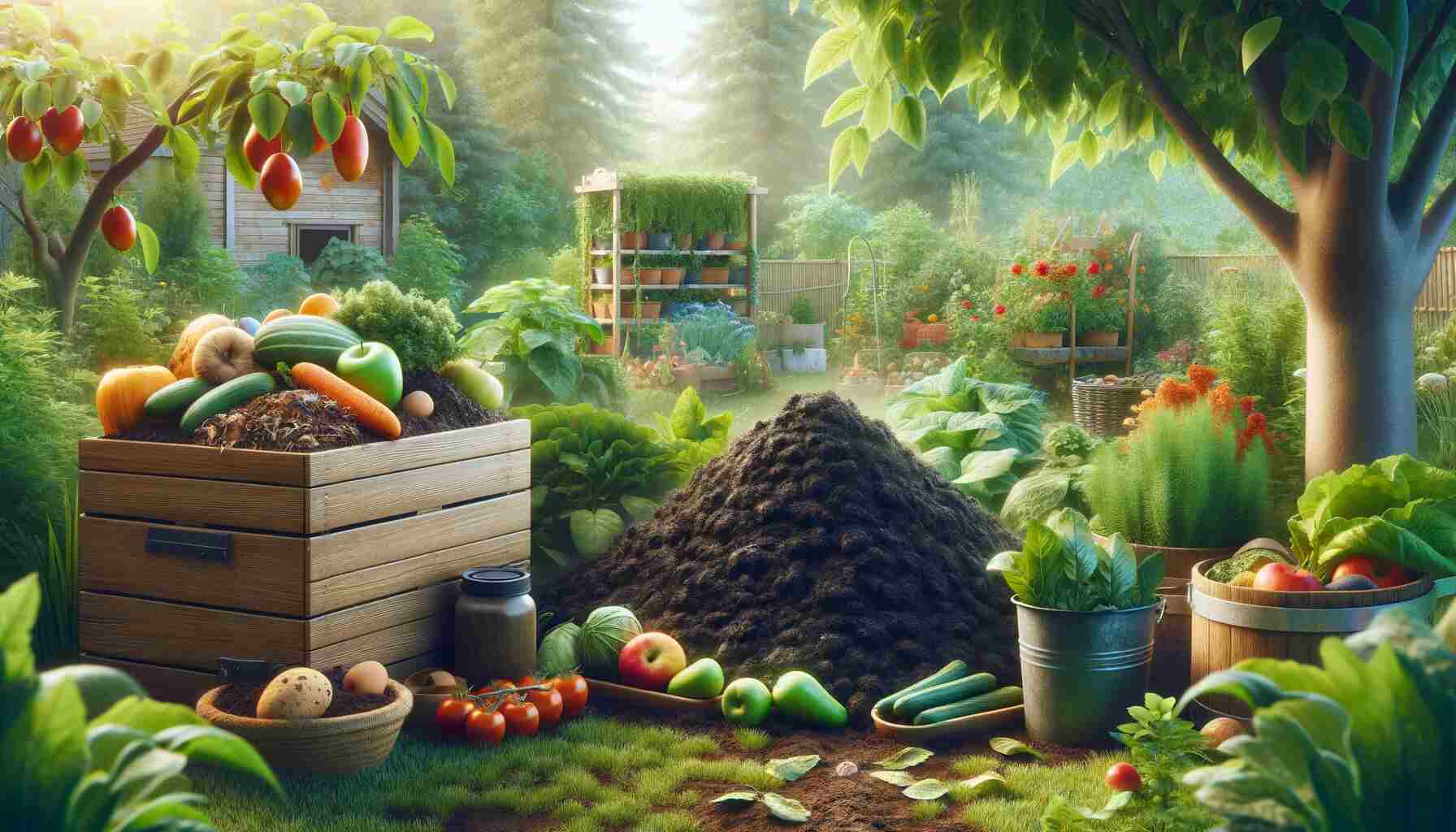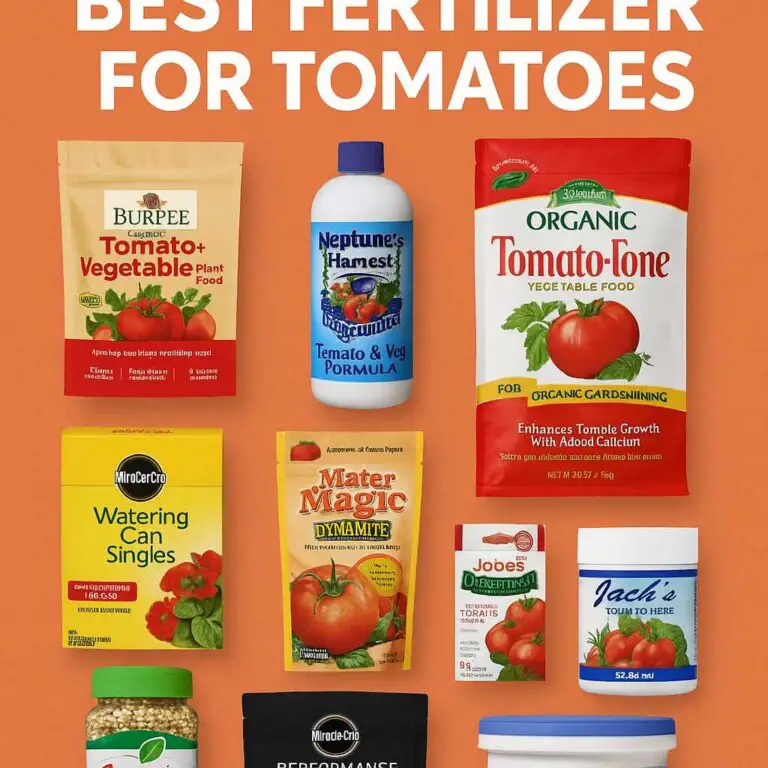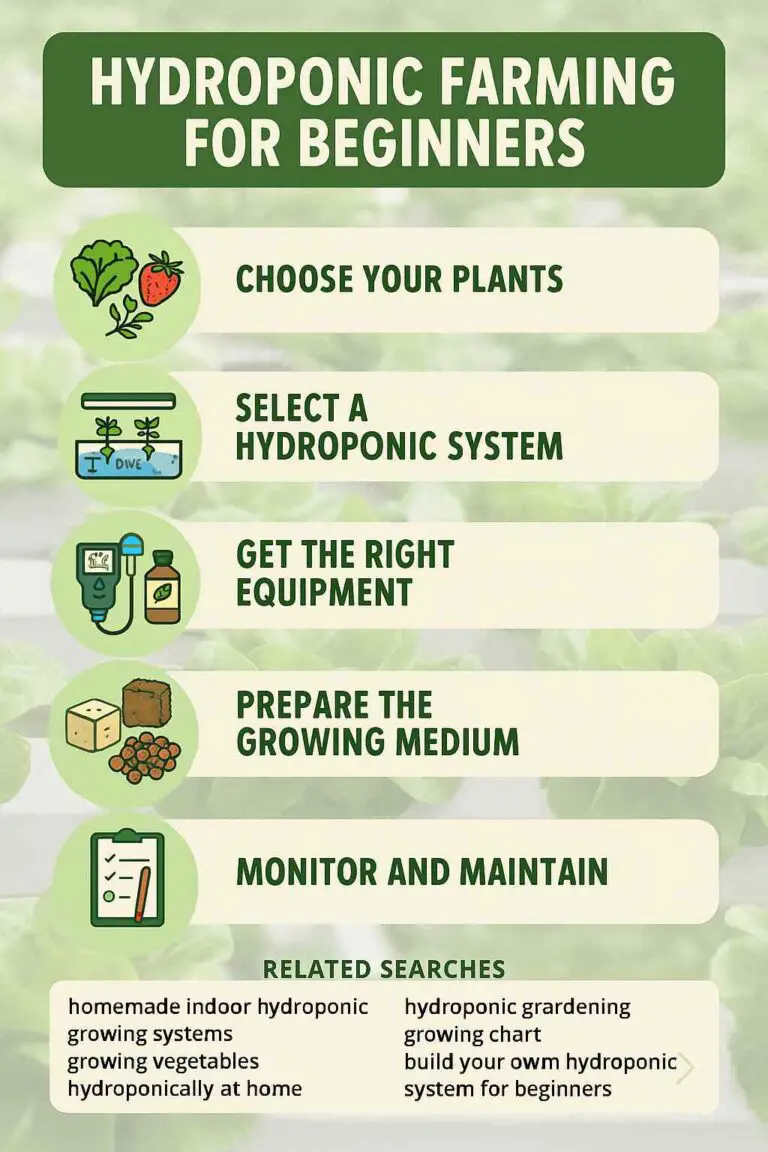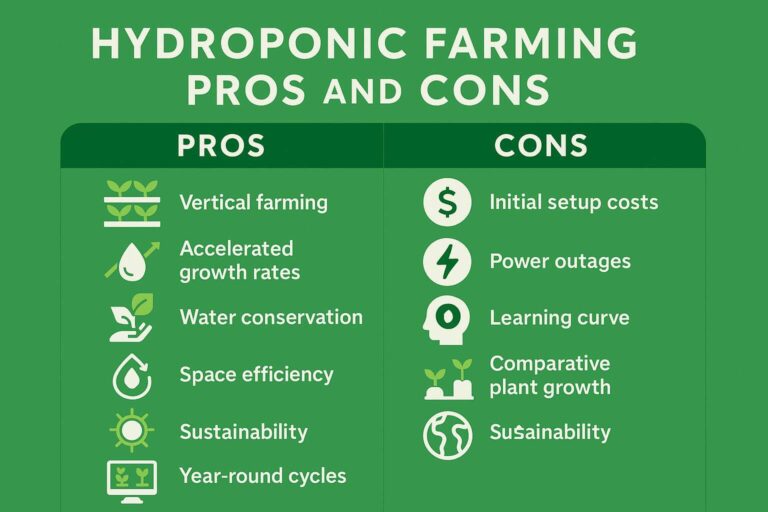Composting is a natural process that transforms organic materials into nutrient-rich soil conditioner known as compost. This rich, earthy substance has a wide range of applications and benefits, making it an invaluable tool for gardeners, farmers, environmentalists, and anyone looking to reduce waste and improve soil health.
Let’s explore compost’s numerous uses and the various benefits it offers.
The Basics of Composting
Before we dive into the applications and benefits of composting, it’s essential to understand the basics of the composting process. Composting is the decomposition of organic materials, such as kitchen scraps, yard waste, and manure, into a nutrient-rich, humus-like material known as compost. This transformation occurs through the activity of microorganisms, such as bacteria, fungi, and earthworms, which break down the organic matter over time.
What Can Be Composted?
Compostable materials can be broadly categorized into two groups: green materials (nitrogen-rich) and brown materials (carbon-rich). A successful compost pile requires a balance between these two types of materials. Here are some examples of each:
Green Materials (Nitrogen-rich):
- Fruit and vegetable scraps
- Coffee grounds and filters
- Grass clippings
- Green leaves
- Tea bags (non-plastic)
- Manure (from herbivores)
Brown Materials (Carbon-rich):
- Dried leaves
- Straw or hay
- Shredded newspaper
- Cardboard (torn into small pieces)
- Sawdust (from untreated wood)
- Twigs and small branches (chopped)
It’s important to note that not all organic materials are suitable for composting. Avoid composting meat, dairy products, diseased plants, and pet waste, as these can introduce pathogens or attract pests to your compost pile.
The Composting Process
The composting process typically involves several stages:
- Collection: Gather compostable materials, including green and brown materials, and store them in a designated container or compost bin.
- Layering: Alternate layers of green and brown materials in your compost pile or bin. This helps achieve the right balance of nitrogen and carbon.
- Turning: Regularly turn or mix the compost pile to provide oxygen to the microorganisms responsible for decomposition. This aerates the pile and speeds up the process.
- Temperature Monitoring: Composting generates heat, and the internal temperature of the pile should rise significantly. A temperature of 130-160°F (54-71°C) is ideal for efficient decomposition.
- Maturation: Allow the compost pile to mature for several months to a year, depending on various factors such as temperature, moisture, and the materials used. When the compost becomes dark, crumbly, and earthy-smelling, it’s ready to use.
Now that we have a fundamental understanding of composting, let’s explore the many ways compost can be used and the benefits it brings to the table.
Applications of Compost
Compost is an incredibly versatile and beneficial substance that finds applications in various fields. Let’s explore some of the primary uses of compost:
1. Improving Soil Quality
One of the most common and essential uses of compost is to improve soil quality. When incorporated into garden beds, lawns, or agricultural fields, compost enhances soil structure, texture, and fertility. Here’s how it benefits soil:
A. Soil Structure: Compost acts as a natural soil conditioner, improving soil structure by increasing its ability to hold water and nutrients. It also prevents soil compaction, which can hinder root growth.
B. Nutrient Enrichment: Compost is rich in essential nutrients like nitrogen, phosphorus, and potassium. These nutrients are slowly released into the soil, providing a sustainable source of nourishment for plants.
C. Microbial Activity: Compost teems with beneficial microorganisms that help break down organic matter further, making nutrients more accessible to plants. These microorganisms also contribute to disease suppression in the soil.
D. pH Balancing: Compost can help balance soil pH levels, making it suitable for a wider range of plants. It tends to bring acidic soils closer to neutral and buffer against extreme pH changes.
2. Enhancing Plant Growth
Healthy, nutrient-rich soil directly translates into improved plant growth and vitality. Gardeners and farmers use compost to boost their crop yields and promote the overall health of their plants. Some specific benefits include:
A. Increased Yields: Compost provides a consistent source of nutrients to plants, leading to larger harvests of fruits, vegetables, and flowers.
B. Reduced Need for Chemical Fertilizers: By using compost, gardeners can reduce their reliance on synthetic fertilizers, which can harm the environment when used excessively.
C. Improved Water Retention: Compost’s ability to improve soil structure also enhances water retention, reducing the need for frequent irrigation and conserving water.
D. Disease Suppression: The beneficial microorganisms in compost can help suppress soil-borne diseases, reducing the risk of plant infections.
3. Mulching
Compost can be used as a mulch to cover the soil surface in gardens, landscapes, and around trees and shrubs. Mulching with compost offers several advantages:
A. Weed Suppression: A layer of compost can smother weeds, reducing the need for chemical herbicides or manual weeding.
B. Moisture Conservation: Compost mulch helps retain soil moisture by reducing evaporation, which is particularly useful during dry periods.
C. Temperature Regulation: Mulching with compost can help moderate soil temperatures, protecting plant roots from extreme heat or cold.
D. Erosion Control: Compost mulch can prevent soil erosion by stabilizing the soil surface.
4. Compost Tea
Compost tea is a liquid extract made from compost that can be applied to plants as a foliar spray or soil drench. It is an excellent way to deliver beneficial microorganisms and nutrients directly to plants. Compost tea benefits include:
A. Improved Nutrient Uptake: Plants can absorb nutrients more efficiently when they are delivered in a liquid form like compost tea.
B. Disease Prevention: The beneficial microorganisms in compost tea can help protect plants from diseases and pests.
C. Enhanced Plant Health: Regular applications of compost tea can promote healthier, more robust plants with increased resistance to stressors.
5. Soil Erosion Control
Compost can be used to prevent soil erosion in various applications, such as:
A. Erosion Control Blankets: Compost erosion control blankets are made from biodegradable materials and compost. They are placed on slopes and help stabilize the soil while promoting vegetation growth.
B. Vegetative Erosion Control: Compost can be used to establish ground cover and encourage the growth of native plants, reducing the risk of erosion in sensitive areas.
6. Composting Toilets
In off-grid or environmentally sensitive areas, composting toilets provide a sustainable solution for waste management. These toilets use the composting process to break down human waste into safe, nutrient-rich compost that can be used in non-food crop settings.
7. Land Rehabilitation
Compost plays a vital role in land rehabilitation efforts, such as restoring degraded soil in mining or construction sites. By adding compost to these areas, it can aid in the reestablishment of healthy soil and plant communities.
Benefits of Composting
Now that we’ve explored the various applications of compost, let’s delve into the numerous benefits it offers to individuals, communities, and the environment as a whole.
1. Waste Reduction
One of the most significant benefits of composting is the reduction of organic waste sent to landfills or incinerators. Organic materials, such as food scraps and yard waste, make up a substantial portion of municipal solid waste. Composting diverts these materials from the waste stream, reducing the environmental impact of landfills and greenhouse gas emissions associated with organic decomposition in landfills.
2. Nutrient Recycling
Composting effectively recycles nutrients found in organic materials. Instead of allowing these nutrients to be lost in landfills, composting transforms them into a valuable resource for enhancing soil fertility. This nutrient recycling reduces the need for synthetic fertilizers, which can have detrimental environmental effects when overused.
3. Improved Soil Health
Compost is a powerhouse of organic matter, beneficial microorganisms, and essential nutrients. When added to soil, it enhances soil health by improving its structure, increasing microbial activity, and enhancing nutrient availability. Healthy soil promotes healthy plant growth and can reduce the need for pesticides and chemical fertilizers.
4. Water Conservation
Compost’s ability to improve soil structure and water retention is essential for water conservation. Soils enriched with compost can hold more water, reducing the need for frequent irrigation. This not only saves water but also helps prevent soil erosion and runoff, which can carry pollutants into water bodies.
5. Reduced Greenhouse Gas Emissions
Composting organic materials in a controlled environment produces fewer greenhouse gas emissions compared to the anaerobic decomposition that occurs in landfills. Landfills are a significant source of methane, a potent greenhouse gas. By diverting organic waste from landfills, composting helps mitigate climate change.
6. Biodiversity Support
Compost piles and bins provide habitat and nourishment for a variety of beneficial organisms, including earthworms, insects, and microorganisms. These creatures contribute to healthy soil ecosystems and support biodiversity in gardens and agricultural fields.
7. Sustainable Agriculture
Compost is a cornerstone of sustainable agriculture. It allows farmers to improve soil fertility and reduce their reliance on synthetic fertilizers and pesticides. Sustainable farming practices that incorporate compost help protect the environment and promote long-term food security.
8. Erosion Control
In areas prone to soil erosion, the use of compost blankets and vegetative cover established with compost can prevent soil loss, protect water quality, and stabilize slopes. This is particularly important in areas affected by construction or wildfires.
9. Community Building
Composting can bring communities together through shared efforts to reduce waste and create valuable compost resources. Community composting initiatives, such as shared compost bins or neighborhood composting events, foster a sense of environmental responsibility and collaboration.
10. Educational Opportunities
Composting offers excellent educational opportunities for individuals of all ages. Schools, community organizations, and environmental groups often use composting as a hands-on tool to teach people about the environment, biology, and sustainability.
Tips for Successful Composting
To maximize the benefits of composting, it’s essential to follow some best practices. Here are some tips for successful composting:
- Balance Green and Brown Materials: Maintain a proper balance between green (nitrogen-rich) and brown (carbon-rich) materials in your compost pile. Aim for a roughly 50:50 ratio by volume.
- Aerate the Pile: Regularly turn or mix your compost pile to ensure proper aeration. Oxygen is crucial for the decomposition process.
- Manage Moisture: Keep your compost pile consistently moist, like a wrung-out sponge. Too much water can lead to anaerobic conditions, while too little can slow decomposition.
- Chop or Shred Materials: Smaller pieces of organic matter break down more quickly. Chop or shred large materials like branches or corn stalks before adding them to the pile.
- Layer Materials: Alternate layers of green and brown materials to facilitate decomposition and maintain the right carbon-to-nitrogen ratio.
- Cover Your Pile: Use a cover or tarp to protect your compost pile from excessive rain or drying out in the sun.
- Avoid Invasive Weeds and Diseased Plants: Be cautious about adding weeds or diseased plants to your compost, as this can spread pests or diseases when you use the compost in your garden.
- Use Compostable Bags: If you collect kitchen scraps in bags, use compostable bags to avoid plastic contamination in your compost.
- Monitor Temperature: Use a compost thermometer to check the internal temperature of your pile. A temperature of 130-160°F (54-71°C) indicates active decomposition.
- Patience: Composting is a natural process that takes time. Be patient, and allow your compost pile to mature before using it in your garden or landscape.
Conclusion
Composting is a simple yet powerful practice that offers numerous benefits and applications. From enriching soil and enhancing plant growth to reducing waste and mitigating climate change, composting plays a vital role in sustainable living and environmental stewardship.
Whether you’re a gardener, farmer, or simply someone looking to reduce their ecological footprint, composting is a valuable tool that can have a positive impact on your life and the planet.




